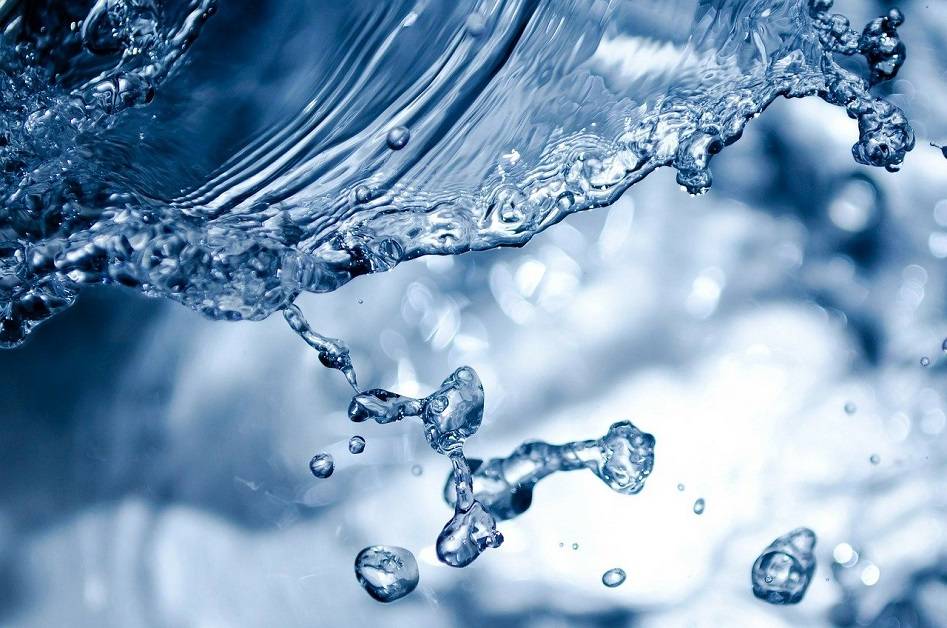Besides the almost endless supply of great beer, one of the best things about homebrewing is that there’s always something to learn; some way to improve and take your beer to the next level. As the typical homebrewer masters the mash tun and fine-tunes their recipes, the next step up generally enters into the murky depths of understanding their brewing water.
The first part of this basic guide takes a look inside beer’s main ingredient and examines what your brewing water is made of. Armed with this knowledge, you’ll have a better idea of how to manipulate your water profile in order to create stunning beer.
The Role of Water as an Ingredient
Water makes up around 95% of beer typically, but is frequently neglected by brewers. While water can have a direct impact on the flavour of the finished beer, it more often helps to accentuate the flavour and character of other ingredients. Each beer style has a corresponding water profile, typically derived from the towns and regions that made them famous.
The soft waters of Plzen in what is now Czechia are responsible for much of the characteristics that define the classic Pilsner. In contrast, Dublin’s harder, mineral rich water has ensured that Irish Dry Stouts have become world-famous.
With a little tinkering, any home brewer can accurately clone any beer style by replicating the water profile that made it famous. But brewing water chemistry goes further than replicating traditional styles, and with a little know how, you can learn to make the most of your water when designing new recipes.
How Knowing Your Brewing Water Chemistry Helps
It’s useful to know exactly how much of a role water plays in the production of outstanding beer. A good understanding of brewing water chemistry can help you refine your beer, remove off flavours and get the most out of your malt. The main benefits of adding brewing water treatments include:
- Remove off-flavours derived from tap water, typically chlorine or chloramines.
- Improve efficiency of brewing processes such as the mash, boil and fermentation.
- Enhance flavour and character of your beer, by improving perceived bitterness or ensuring a dry finish for example. By treating your brewing water, you’re more able to nail a particular style of beer.
Understanding Brewing Water
In order to understand your brewing water, you will need to obtain a local water report. A water report details the chemical makeup of your brewing water. You can obtain a report from your local water company, test it yourself or send a sample off to a reputable lab. There are six main water ions you need to be aware of when reading your report:
- Calcium (Ca2+); among the most important ions in brewing water, calcium is especially good for alkaline waters and hardening soft water. It’s flavourless, and often used to help lower mash pH. It also promotes and protects enzyme activity in the mash, encourages protein flocculation and trub settlement in the boil and aids in yeast flocculation and metabolism. A useful addition to soft waters, but too much can be perceived as minerally. A range of 50–200 ppm (parts per million) is recommended.
- Sodium (Na+); in small doses, sodium can improve the mouthfeel of pale ales and sweeten the malt character, though too much will lead to a salty flavour. It is more frequently used to raise mash pH than to add flavour. A maximum level of 100 ppm will prevent salty flavours.
- Magnesium (Mg2+); is typically not used in brewing water these days, though traditionally it was recognised as a necessary yeast nutrient. Nowadays, malt provides more than enough magnesium to help the yeast get going. Too much magnesium can lead to an unpleasant bitter taste. It can also be used like calcium to lower mash pH, though it is not as effective. A range of 10–30 ppm is about right, with an absolute maximum of 50 ppm.
- Sulphate (SO42-); is the king of ions when it comes to enhancing hop bitterness and perceived dryness in the finish. Used in fairly high quantities, sulphates aid in pale ales and IPAs but are traditionally avoided in pilsners and lagers that are hoping to capture the soft spiciness of noble hops. Too much can create an excessively dry finish and lower the quality of the hop bitterness. Hoppy beers will benefit from levels between 200–400 ppm, though other less hoppy styles will require amounts as low as 20 ppm.
- Chloride (Cl-); also sweetens the malt character when used in moderate quantities. Adding too much can cause clarity and stability issues, negatively impact flavour and even stall fermentation. A maximum of 200 ppm is recommended.
- Bicarbonate (HCO3-); is very important in all grain brewing as it determines the acidity of the mash. Low levels create acidic conditions that must be balanced with other ions. On a typical water report, bicarbonate levels will be expressed as ‘total alkalinity’.
Once you have your report, you can compare it to the typical water profile of the style you wish to brew. In this way, you’ll know if you need to add more ions or dilute your water down. You can also find nomographs online that will help you to determine which styles your brewing water is most suited to.
If you find many of your beers exhibit any kind of off-flavour, you can check your water report to see if an excess or deficiency of certain ions could be to blame. Simply check that none exceed the levels mentioned above, paying particular attention to magnesium.
Knowing what’s in your water and how it can have an impact on your brewing is just the first step. Part 2 of our brewing water guide will take a look at how you can use brewing water treatments to take your beer to the next level!

